Trending Now: New models of integrated agencies are a reality - Mamatha Morvankar
Mamatha Morvankar, Chief Investment Officer, OMG India, analyses the impact of NTO and NTO 2.0 on the broadcast industry, as well as the wide-ranging changes in the digital landscape.
What were the few big changes that you think were of importance in 2019 for our industry?
With approximately half a billion people connected to the Internet, digital has become the norm for consumers and advertisers alike. Digital consumption is increasing across rural India and regional markets, placing the key focus on regional markets and language content.
The implementation of the New Tariff Order (NTO) in the last quarter of FY19 has led to consumers and advertisers facing issues of blackouts, higher TV bills and a new set of channel choices. The NTO has impacted both reach and ratings with a small percentage of audiences cutting the chord and moving to OTT to view their content.
While the landscape has been impacted by digital and NTO, there has also been a blurring of lines between traditional and digital agencies across creative and media. New models of integrated agencies are becoming a reality.
What are the big changes that you are expecting in 2020?
- Growth in digital media will continue with the increase in the penetration of smartphones. Mobile will soon emerge as the main medium of consumption across entertainment and education. Consumer touchpoints within digital will be multiple. Omni-channel planning and content personalisation will become the key for brands to engage with consumers.
- With broadcasters having their own OTT offerings, and consumers seamlessly moving between screens, screen-agnostic planning and buying could soon become a reality. The bundling of TV and OTT to capture audiences has already started across key properties and sports, but that could extend to regular plans.
- On digital, micro-influencers will gain significance against big celebrities. Being authentic and real are the key drivers for GenZ consumers, and brands will need to focus on their key values and connect with influencers who can provide this.
- Technology will continue to play a bigger role in marketing communications. AR and VR will become more significant and improve the real-time consumer experience and engagement.
How has the consumer behaviour changed with the introduction of tech-based marketing?
Consumers have already moved towards Information-Centered Shopping. Most consumers check at least two data points (beyond prices and discounts) when they are buying something, with most of the research taking place online. Among the sorts of information that people look for are product reviews, manufacturing and expiry dates, and how a product compares with alternatives in terms of features.
They are also moving to e-Saving Products and Services, including renting flats and furniture. Most of the purchases and rentals for day-to-day life have moved onto apps. This applies to buying groceries, ordering food and renting cars. Tech has been applied to every space it can when it comes to the consumption of products and services.
There is also the move from mass-produced products to customised products. In certain product categories, there’s now also a belief that what one buys should reflect their individual preferences and needs – even if they have to pay extra for it. Customisations have been most common in the apparel category.
Are we expected to see some big shifts around data regulation in India?
India has proposed rules similar to the EU’s GDPR, which will require tech companies to garner consent from its citizens before collecting and processing their personal data. It also states that companies will have to hand over non-personal data to the government, and the government will hold the power to collect any data of its citizen without consent to hold the sovereignty and larger interest. While this Bill has been passed by the Cabinet, it is yet to be shared and will create a furore both among consumers and the key tech giants like Google, Facebook, Twitter and TikTok.
There are a number of features of the DPB that will require companies to change their business models, practices and principles. Many others will add operational costs and complexity. Understanding these issues will help digital companies plan ahead, address future regulations, and decide whether to enter or exit certain markets.
How do you anticipate the AdEx growth across platforms in 2020?
While the digital medium is expected to grow by an average of 25-30 per cent, within that we anticipate a higher growth from Video, Social and Display. TV will continue to grow at an average of 10-12 per cent in 2020, and we could see another impact of the New Tariff Order 2.0 on distribution.



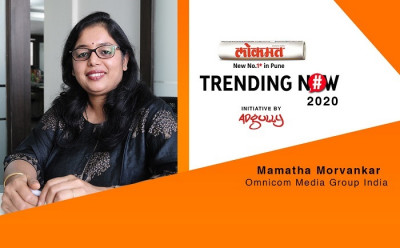
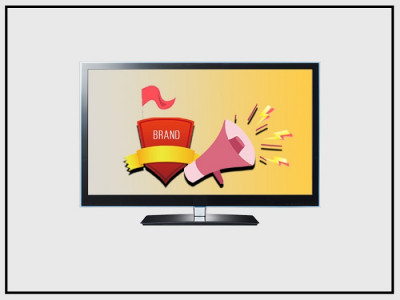
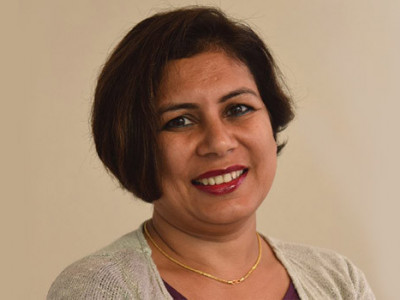

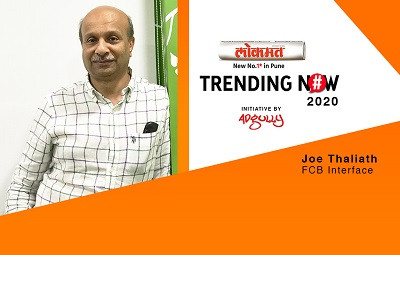
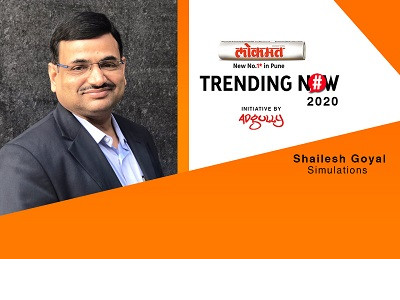
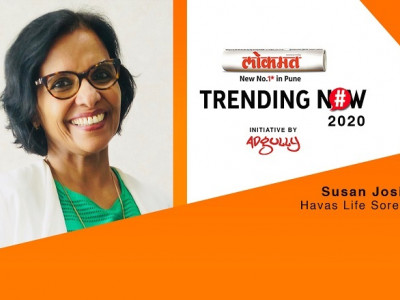

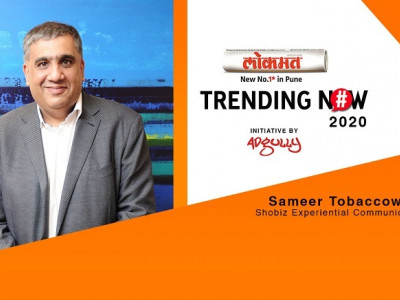
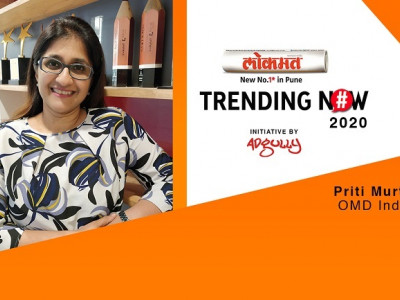





Share
Facebook
YouTube
Tweet
Twitter
LinkedIn